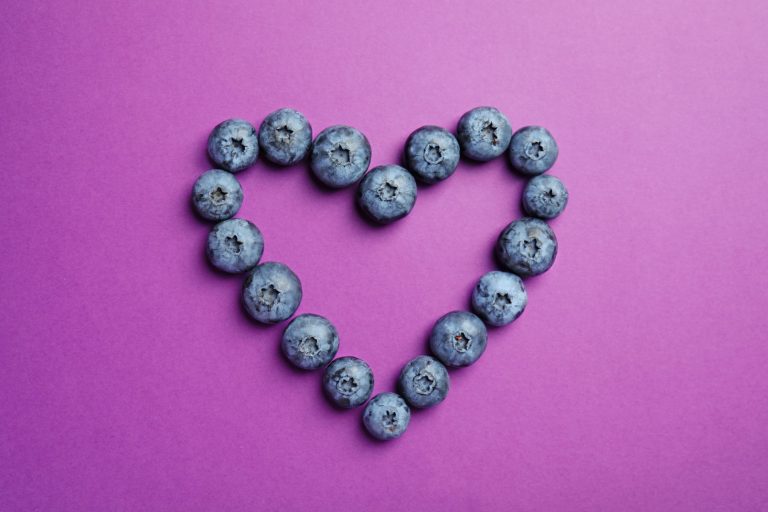What makes a superfood super?
In 2019, we saw nut oils, such as avocado oil, and “super seeds” like watermelon seeds really making waves as health-perfecting “superfoods,” (oh, and the goji berry — 2019 was a great year for the goji berry), but with cockroach milk projected to be an up-and-coming superfood, maybe it’s time we take a step back and really look at what this term means and what the actual benefits are.
MORE: What you need to know about the Pegan diet, the latest eating craze
Where did the term “superfood” come from?
The banana was coined the first superfood during World War I, with scientists claiming that it could cure Celiac disease (before we knew about gluten’s role in the disease). But since 2017, the term has been thrown around as a food marketing term for everything from extra virgin olive oil to kale to kefir.
What exactly is a superfood?
“A superfood is a food that is nutritionally dense compared to its caloric content,” explains Paige Yurick, MS Nutrition. “It’s a food that packs a bunch of vitamins and minerals into a smaller caloric package than other foods in the typical Western diet.”
She goes on to explain that a significant benefit of superfoods has to do with their antioxidant properties. While I know that antioxidants are good for me (hey, blueberries!), I’m not sure I could tell you why.
Yurick explains, “Considering that many foods we typically consume in America can be considered pro-oxidants because they are packed with preservatives, additives, sodium and trans fats, Americans may have a greater need for antioxidant foods such as superfoods to help the body with everyday metabolic and homeostatic functions in an effort to counteract the negative effect of processed food consumption.”
Hold on. What?
Basically, we eat so much processed food, we need to be seeking out foods with antioxidant properties — such as those in superfoods — to counteract our everyday eating.
“If you looked at healthier diets around the world (like the Mediterranean diet), some of these superfoods would simply be considered staples of the diet and not put on a pedestal,” says Yurick.
While incorporating more salmon, leafy greens and fermented foods into your diet might not make you superwoman, it also couldn’t hurt.
However, Yurick warns to beware of added sugar in trendy superfoods such as acai bowls or matcha lattes.
“The acai berry is not naturally sweet, but acai bowls are loaded with sugar because of the added sugar in frozen acai mix,” warns Yurick.
If you’re trying to incorporate more superfoods into your diet, Yurick suggests swapping out your regular breakfast yogurt for Greek yogurt or kefir. Or perhaps start your salad bowl with a base of half a bowl of kale or other leafy greens (and actually massage the kale! It will taste better!).
She also suggests shopping the perimeter of the grocery store, as that is where the fresher (and less processed) items are usually kept.
MORE: How to know if the supplements you’re taking are actually working
Are superfoods actually more superior to other foods?
Yurick says that while her answer is technically yes, the main focus should be shifting away from processed foods, and if that puts you in a space to say yes to superfoods, then great!
“Through the lens of what we consume in the Western diet, it can be said that superfoods are actually more superior to other foods,” Yurick says.
As far as cockroach milk is concerned, Yurick says no thanks.
“I get that insects are projected to be a sustainable source of protein, but this is taking it too far,” she says. “We really don’t need to look to extreme superfood trends; rather I think we can make a collective effort to eat a more nutritious diet, and the health benefits will come.”
Grow your own superfoods with sustainable vertical gardens. Learn how in the video below.









